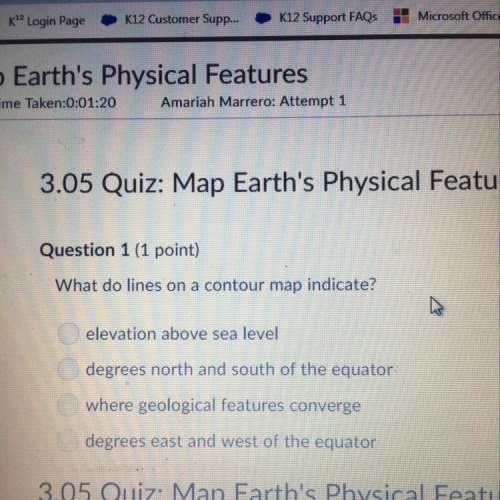
Chemistry, 09.02.2021 18:30 alissalhenry
12. A rock has a density of 4.0 g/cubic cm and masses out at 32 grams. When this rock is placed in 16.5 mL of water, what will the new water level be?

Answers: 1


Other questions on the subject: Chemistry

Chemistry, 21.06.2019 22:10, lilyjordan5972
How do forces between particles in gases compare to forces in the other states of matter? o a. the forces in gases are stronger than forces in solids but weaker than forces in liquids. o b. the forces in gases are weaker than forces in solids but stronger than forces in liquids. o c. the forces in gases are weaker than forces in solids and liquids. o d. the forces in gases are stronger than forces in solids and liquids. submit
Answers: 1


Chemistry, 22.06.2019 02:00, lydiadmanautou04
Write a hypothesis that answers the lesson question, “while observing a chemical reaction, how can you tell which reactant is limiting? ” hypothesis: if a substance is the limiting reactant, then . . because . .
Answers: 1
You know the right answer?
12. A rock has a density of 4.0 g/cubic cm and masses out at 32 grams. When this rock
is placed in...
Questions in other subjects:














